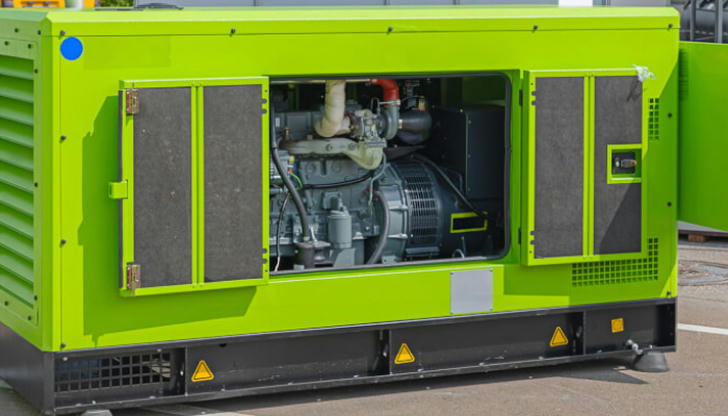The Role and Significance of Generators in Modern Power Systems: A Comprehensive Analysis with Case Studies and Solutions
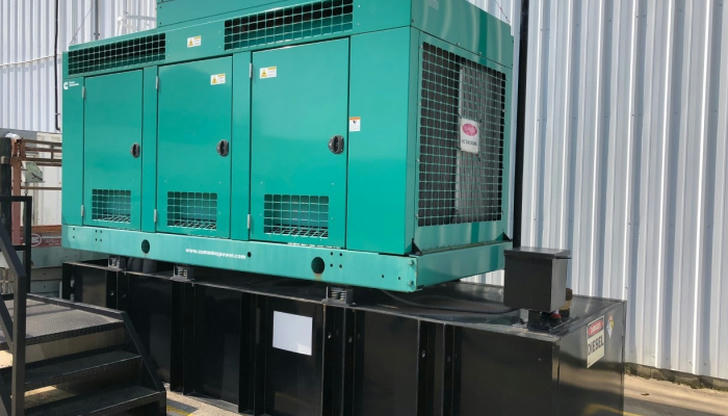
The industrial revolution marked a pivotal shift in human civilization, driven largely by the advent of electricity. Today, electricity is indispensable for daily life, fueling homes, industries, and infrastructure worldwide. At the heart of this energy transformation lies the generator—a device that converts various forms of mechanical energy (such as from steam turbines, gas turbines, water turbines, or wind turbines) into electrical energy. This paper explores the significance of generators, analyzing their operational principles, technological advancements, and the challenges they pose to contemporary power grids. Additionally, it presents case studies demonstrating real-world applications and proposes solutions to address existing issues.
Fundamentals of Generator Operation
Generators operate on the principle of electromagnetic induction, discovered by Faraday in 1831. Essentially, they consist of a rotor (rotating part) and a stator (stationary part). The rotor carries field windings that produce a magnetic field when excited by an external direct current (DC) source. As the rotor spins within the stator, which contains conducting coils (armature windings), the changing magnetic field induces an electromotive force (EMF) in these coils, generating electricity.
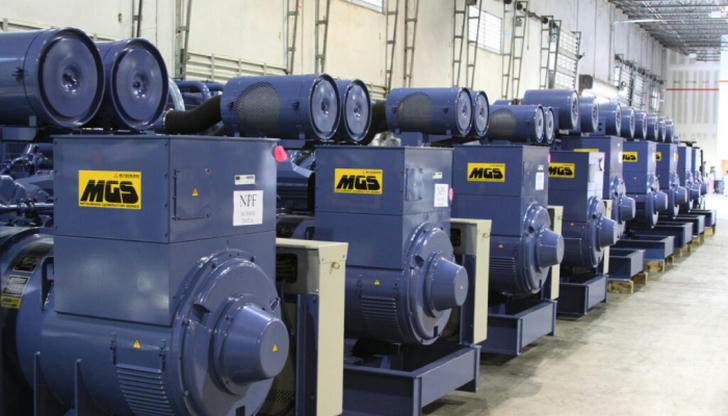
2.1 Types of Generators •Synchronous Generators: Widely used in large-scale power plants, these generators run at a constant speed synchronized with the grid frequency. They are efficient and provide stable power output. •Induction Generators: Common in smaller applications like wind turbines and diesel engines, they do not require a separate excitation system but may have lower efficiency and power factor. •Turbine Generators: Utilized in hydroelectric, steam, and gas power stations, these are large-capacity generators designed to convert the mechanical energy of turbines into electrical energy. •Alternators: Specifically designed to convert mechanical power into alternating current (AC) electricity, they are found in automotive alternators, marine applications, and backup power systems.
Technological Advancements and Innovations
The evolution of generator technology has been marked by significant advancements aimed at enhancing efficiency, reliability, and environmental sustainability.
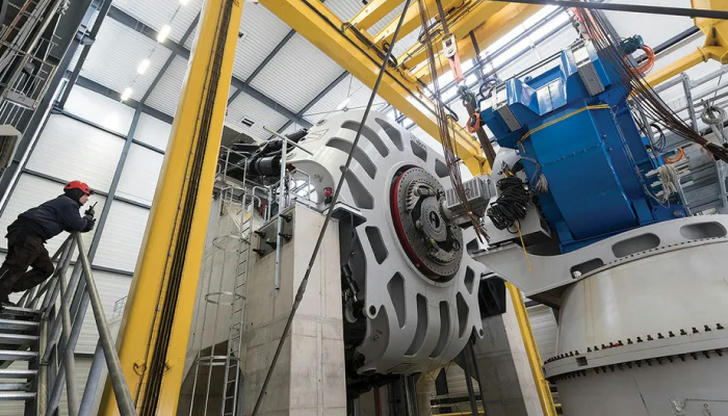
3.1 Superconducting Generators Superconducting materials, which lose electrical resistance at extremely low temperatures, are being explored to create more efficient generators. By reducing energy losses during transmission and conversion, superconducting generators promise higher efficiency and reduced operational costs. 3.2 Renewable Integration With the global shift to renewable energy sources, generators are being adapted to integrate wind, solar, and other renewable technologies. For instance, wind turbines equipped with advanced generators can now operate at variable speeds, optimizing energy capture and minimizing mechanical stress. 3.3 Smart Grid Compatibility Modern generators are being designed to seamlessly integrate with smart grids, enabling real-time monitoring, control, and optimization. This enhances grid stability, facilitates demand response, and supports distributed energy resources.
Challenges and Limitations
Despite their importance, generators face several challenges that impact their performance and reliability. 4.1 Maintenance and Lifecycle Costs Generators, particularly large-scale ones, require regular maintenance to ensure optimal operation. The lifecycle costs, including initial investment, maintenance, and eventual replacement, can be substantial. 4.2 Environmental Impact Traditional fossil-fuel-based generators contribute to air pollution and greenhouse gas emissions. While renewable generators mitigate this, their integration and scalability present logistical and economic challenges. 4.3 Grid Stability and Fault Tolerance Generators must maintain grid stability during sudden load changes or faults. Failure to do so can lead to cascading failures and widespread power outages.
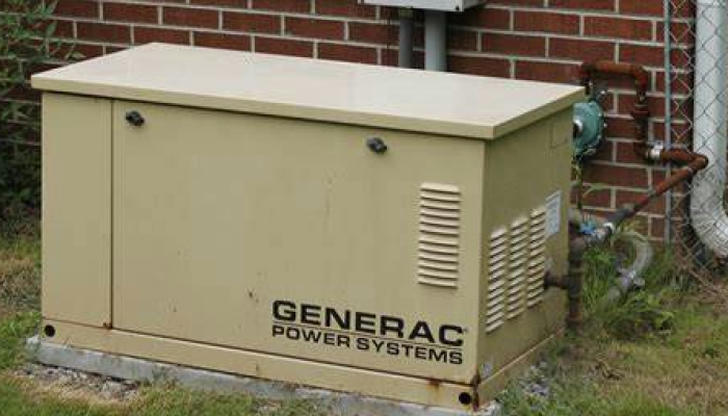
Case Studies
5.1 Integration of Wind Farms in Denmark Denmark, a pioneer in wind energy, has successfully integrated large-scale wind farms into its national grid. Utilizing advanced induction generators, these farms contribute significantly to Denmark's energy mix while facing challenges such as grid stability and energy storage. Solutions include the development of smart grid technologies and large-scale battery storage systems. 5.2 Superconducting Generator Demonstration Project in the USA A collaboration between the U.S. Department of Energy and private companies aimed at developing a prototype superconducting generator. The project aims to reduce transmission losses and increase efficiency by leveraging superconducting materials. Preliminary results show promising improvements in energy output and cost savings. 5.3 Blackout in India (2012) The massive power outage in India in 2012, affecting over 600 million people, highlighted vulnerabilities in grid infrastructure and generator reliability. Post-outage analysis revealed the need for enhanced grid monitoring, better coordination between states, and redundancy in generator systems. Solutions implemented include the installation of real-time monitoring systems and the development of distributed generation resources.
Solutions and Future Directions
Addressing the challenges associated with generators requires a multifaceted approach. 6.1 Advanced Maintenance Techniques Implementing predictive maintenance using Internet of Things (IoT) sensors and analytics can preemptively identify potential failures, reducing downtime and maintenance costs. 6.2 Decentralized Renewable Energy Systems Promoting decentralized renewable energy systems can reduce dependence on large-scale centralized generators, enhancing grid resilience and reducing transmission losses. Microgrids and community energy projects are examples of such decentralized systems. 6.3 Energy Storage Solutions Developing efficient and cost-effective energy storage technologies, such as advanced batteries and pumped hydro storage, can balance supply and demand, particularly for intermittent renewable sources.
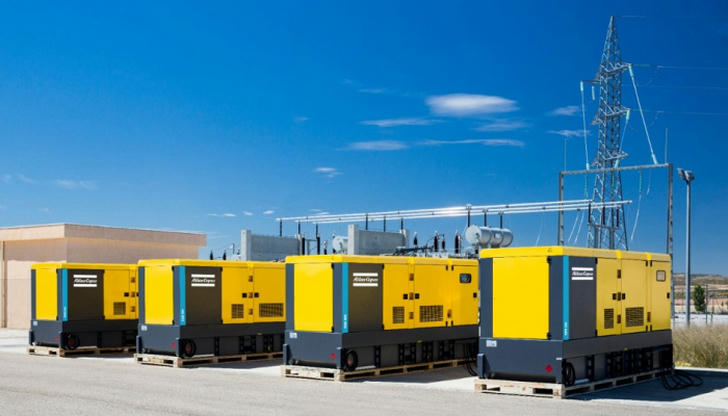
6.4 Policy and Regulation Supportive government policies and regulations encouraging renewable energy investment, grid modernization, and research into innovative generator technologies are crucial. Incentives for energy efficiency and emission reductions can accelerate the transition to cleaner, more resilient power systems.
Conclusion
Generators are indispensable for the continuous supply of electrical energy, underpinning modern society's operational framework. While technological advancements have significantly improved their efficiency and reliability, challenges such as maintenance costs, environmental impact, and grid stability remain. Through case studies and proposed solutions, this paper underscores the importance of continuous innovation, policy support, and integrated approaches to ensure the sustainability and resilience of power systems. As we navigate the energy transition towards a greener, more decentralized future, the role of generators will evolve, requiring adaptive strategies to harness their full potential.
